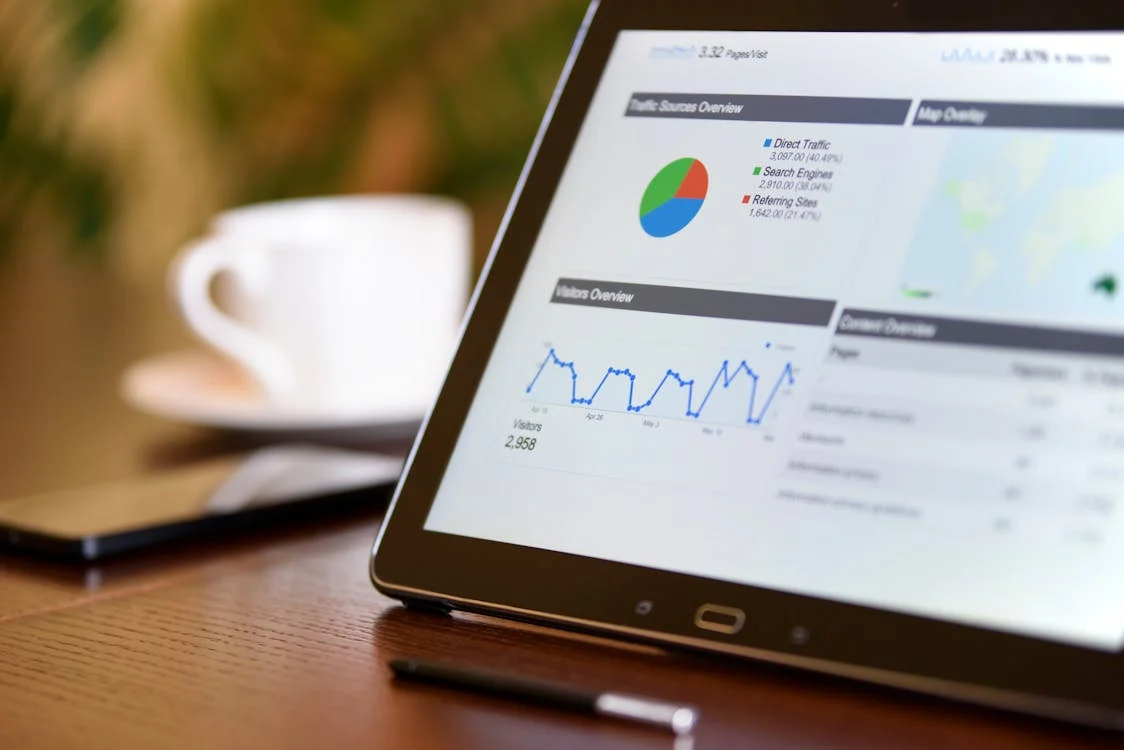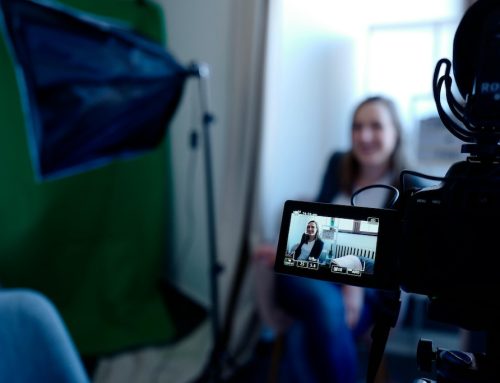Are the bots taking over? Has the “Dead Internet” theory already come to fruition? While those questions remain up for debate, there’s no denying that online bot traffic now rivals human traffic on many different kinds of websites. According to 2024 statistics, it is estimated that roughly 50% of internet traffic comes from bots–a figure that has been steadily increasing for years. Some of these bots are essential—think search engine crawlers that help customers find your site or AI chatbots that streamline customer interactions.
The unsettling reality is that estimates now chalk up roughly one third of traffic to so-called “bad bots” and botnets that can scrape data, carry out fraudulent transactions, and even carry out coordinated cyberattacks.
Is your website attracting the right kind of traffic?
In 2025, there’s a greater concern than simply the number of visits your site receives. A spike in traffic doesn’t mean much if it’s being inflated by bots that scrape your content, overload your servers, or skew your analytics.
For businesses, this poses a serious challenge: How do you ensure your website traffic is made up of legitimate users who are ready to engage, convert, and build a connection with your brand?
In this post, we’ll dive into the growing influence of AI bots on both website traffic and content, explore the risks they pose, and share actionable strategies to protect your site while still optimizing for the visitors you want: real people who are looking for your product or service.
How AI Technology is Shaping Website Content and Traffic
As we enter 2025, AI bots are having an even greater impact on website content, reshaping how it’s created, distributed, and consumed. With advancements in artificial intelligence tools, machine learning, and generative AI, bots are becoming smarter, faster, and more pervasive.
1. AI-Generated Content: A Double-Edged Sword
The rise of generative AI tools like ChatGPT, Jasper, and Bard has made SEO content creation faster than ever, but they come with risks:
- Incorrect Information: Without proper human oversight, AI tools can generate inaccurate content, which could mislead your audience and harm your credibility.
- Loss of Originality: Over-reliance on AI-generated content may result in generic, repetitive material that fails to stand out in a crowded digital space.
2. Content Theft and Duplication
Malicious bots can crawl websites to steal blog posts, product descriptions, and other materials, then repost them on low-quality sites. This creates:
- SEO Issues: Duplicate content can confuse search engine algorithms, hurting your rankings and diluting your online authority.
- Brand Reputation Risks: Scraped content can appear in unintended contexts, damaging your credibility.
3. Hyper-Personalized Content Experiences
In 2025, AI systems are increasingly powering hyper-personalized content experiences, leveraging existing data like browsing history, purchase behavior, and preferences. AI models now enable businesses to create tailored content journeys for each user, improving engagement and conversions. For example:
- Dynamic Content Updates: AI bots can modify website content in real time to match user preferences, such as displaying product recommendations or highlighting localized offers.
- Customer Engagement: Bots using natural language processing can simulate human interactions, offering personalized answers to FAQs or guiding users through their buying journey.
4. Bots Are Redefining SEO
Search engines are adapting to the increasing role of bots, making search engine optimization (SEO) even more dynamic. AI bots now interact with your content differently, and large language models used by search engines prioritize high-quality, user-focused material. This means:
- Content Quality Matters More Than Ever: AI algorithms are trained to detect low-value, repetitive content, so businesses need to create authentic, valuable material to rank well.
- Real-Time Content Optimization: Bots are favoring websites that frequently refresh their content to stay relevant. A static website could fall behind.
Strategies to Protect and Optimize Your Website
To thrive in a bot-dominated world, website owners need to take proactive measures that address both content protection and traffic optimization. Here’s how:
1. Invest in Real-Time Monitoring
Monitor your website traffic and content interactions in real time to spot anomalies. For example, if a bot is scraping your entire blog library within minutes, you’ll want to act fast. Use AI tools to detect and flag suspicious activity.
2. Implement Advanced Security Measures
- Use CAPTCHA challenges to ensure bots aren’t accessing restricted areas.
- Employ rate limiting to cap the number of requests a single IP address can make within a given timeframe.
- Add firewalls to block known bad bot IP addresses.
3. Protect Your Content
- Embed watermarks or metadata into your content to claim ownership and discourage theft.
- Use content protection tools that detect duplicate versions of your material online.
- Regularly update your content to stay ahead of bad bots scraping old material.
4. Optimize for Good Bots
- Make your content easy to navigate for search engine crawlers by following search engine optimization (SEO) best practices.
- Adhere to Web Content Accessibility Guidelines (WCAG) to ensure your site works seamlessly for all users—and the bots helping them.
5. Leverage AI Tools Responsibly
- Use generative AI tools to assist with content creation, but always review for quality and originality.
- Incorporate machine learning tools to personalize user experiences while safeguarding privacy.
Build for Humans, Prepare for Bots
Traffic for the sake of traffic will not help your bottom line; you want to attract the right visitors and create experiences that resonate, inform, and inspire action.
But here’s the challenge: preparing your website for a bot-driven future requires more than just a good firewall or polished content. It’s about finding the sweet spot where AI technology and human creativity work together.
Let’s work together to build a digital strategy that’s designed for people but prepared for anything. Contact BlueHat Marketing today and take the next step toward a smarter, safer, and more successful online presence.





